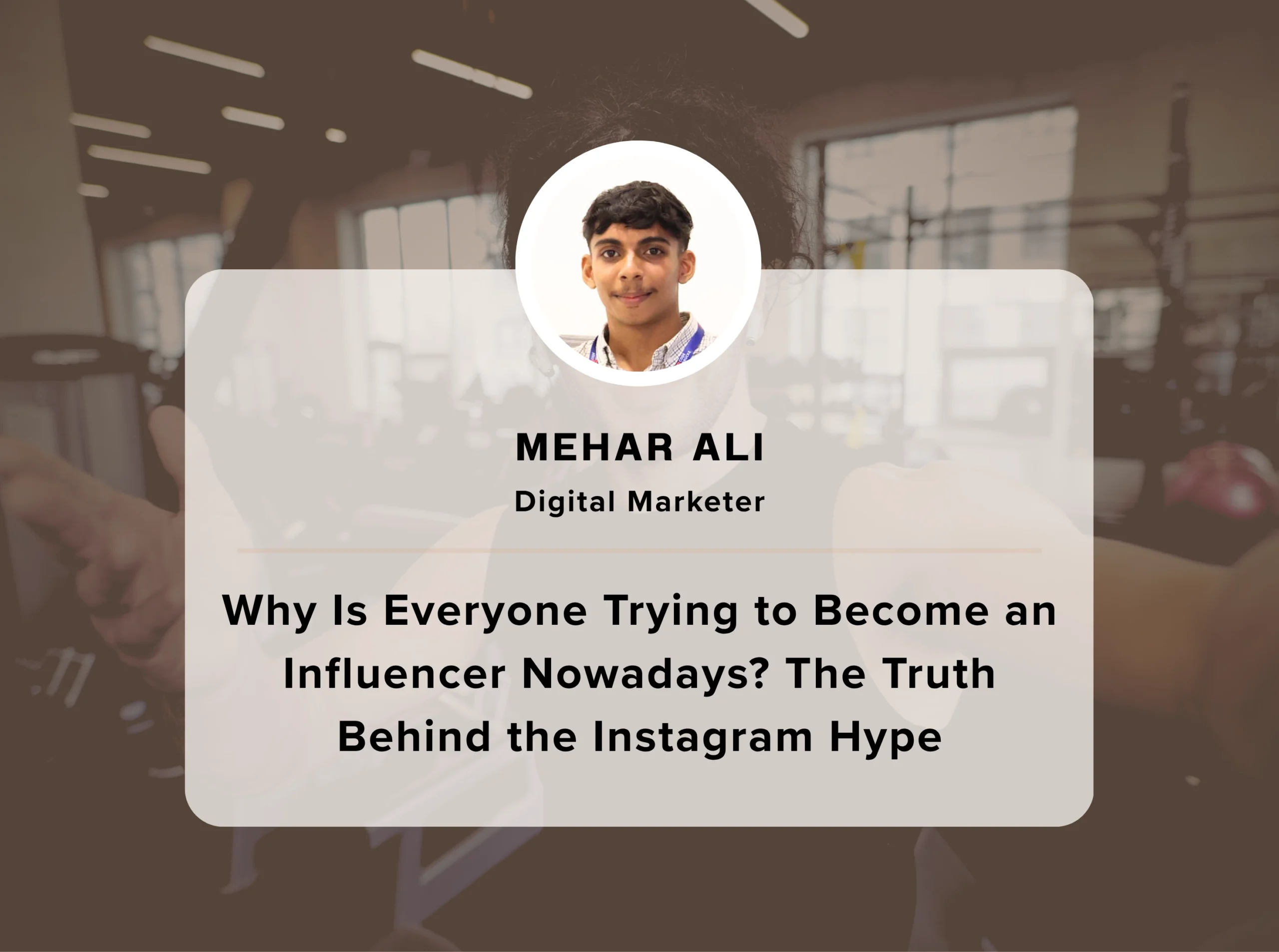October 7 / 2025
Voice Search & Conversational Marketing
Introduction
The way people interact with technology has changed a lot in recent years. Instead of typing keywords into search engines, many now just say “Hey Siri” or “Okay Google.” This shift toward voice interactions is changing the digital marketing landscape. By 2025, nearly 50% of all online searches are expected to be voice-driven. Businesses can no longer depend solely on traditional SEO.
At the same time, conversational marketing, fueled by chatbots, AI assistants, and messaging platforms, is changing how brands connect with their audience. It’s not just about one-way advertising anymore; it’s about real-time, two-way interactions that build trust and loyalty.
In this blog, we’ll look at what voice search and conversational marketing mean, why they are important, how businesses can make the most of them, and the strategies you can use in 2025 to stay ahead.
What Is Voice Search?
Voice search is the process of using speech recognition technology to search online. Instead of typing “best coffee shops near me,” users simply ask, “Where’s the best coffee shop nearby?”
- Devices Driving Growth: Smartphones, smart speakers like Amazon Echo and Google Nest, and even wearables.
- Languages & Accessibility: Voice search is especially important in places like India, where multilingual users prefer speaking in their native language instead of typing.
- Natural Language Queries: Voice queries are often longer and more conversational than short, keyword-heavy typed queries.
What Is Conversational Marketing?
Conversational marketing means real-time, one-on-one connections between brands and customers through channels like chatbots, live chat, messaging apps, and AI assistants.
- Instant Engagement: Customers expect quick responses. Conversational marketing meets this need.
- Personalized Experiences: Bots and AI tools can adjust answers to fit individual needs.
- Platforms Driving Adoption: WhatsApp Business, Messenger, Instagram DMs, and AI chat tools integrated into websites.
Why Voice Search and Conversational Marketing Are Trending in 2025
Convenience & Speed
Speaking is faster than typing. With busy lives, people prefer voice interactions.
Mobile-First World
As mobile use increases, voice search is becoming the preferred method for hands-free searching.
Rise of AI Assistants
As AI-powered assistants become smarter, voice-driven answers are more accurate and natural.
Changing Consumer Behavior
Customers want immediate solutions through conversational channels, not delayed email replies.
Multilingual Opportunities
In countries like India, Indonesia, and Brazil, voice search in regional languages is growing rapidly.
The Impact on SEO & Marketing
Shift from Keywords to Questions
- Typed query: “best pizza NYC”
- Voice query: “Which pizza restaurant near me has the best ratings and fast delivery?”
Local SEO Boost
A large portion of voice searches are local, like “dentist near me.” It’s crucial to optimize for local SEO.
Featured Snippets & AI Answers
Voice assistants often read the top snippet from Google. Winning position zero is now more important than ever.
Customer Journey Redefined
Conversational tools guide customers smoothly from query to purchase without leaving the chat window.
Benefits of Voice Search & Conversational Marketing
Enhanced Customer Experience
Friendly interactions build brand trust.
24/7 Availability
Chatbots and AI assistants keep businesses “open” all the time.
Higher Conversion Rates
Quick responses shorten the buyer’s journey.
Cost-Effective
Chatbots cut down the need for large customer support teams.
Personalized Engagement
By looking at voice and chat data, businesses can give customized recommendations.
Challenges Businesses Face
- Accuracy Issues: Accents, dialects, and background noise can impact recognition.
- Privacy Concerns: Collecting voice data raises data security questions.
- High Expectations: Customers want natural, human-like responses.
- Integration Costs: Setting up AI chat systems requires investment.
Strategies for Businesses in 2025
- Optimize for Voice Search SEO
- Focus on long-tail keywords and question-based queries.
- Use structured data to help search engines understand your content.
- Optimize Google Business Profiles for local visibility.
- Leverage Conversational AI
- Add AI chatbots to your website and social media.
- Use tools like Dialogflow, ManyChat, or WhatsApp API for automation.
- Train bots to smoothly escalate complex queries to human agents.
- Create Voice-Friendly Content
- Write in a conversational style.
- Use FAQ-style content that reflects how people ask questions.
- Target “near me” searches for local businesses.
- Personalization with Data Analytics
- Use customer data to give personalized responses.
- Predictive analytics can anticipate customer needs before they are voiced.
- Multilingual Voice Optimization
- Make content in multiple languages.
- Optimize for local dialects to reach more people.
- Integrate with Smart Devices
- Think beyond mobile. Optimize for smart TVs, wearables, and car infotainment systems.
Future of Voice & Conversational Marketing
By 2030, experts believe that voice assistants will become primary digital gateways, similar to search engines today. AI-driven conversational commerce, or “c-commerce,” will enable customers to:
- Order groceries using voice commands.
- Get personalized fashion advice from an AI stylist.
- Troubleshoot products with real-time chatbot help.
As technology moves forward, brands that focus on voice-first and conversation-first strategies will lead the market.
Real-Life Examples
- Domino’s Pizza: Customers can order pizza using Alexa and Google Assistant.
- HDFC Bank (India): Uses an AI chatbot named “EVA” to manage millions of customer queries instantly.
- Amazon Alexa Skills: Brands create voice-based experiences for customer interaction.
- Sephora: Uses conversational marketing to recommend products through chatbots.
Conclusion
Voice search and conversational marketing are not just future concepts; they are part of our reality today. As consumers seek quicker, more natural, and personalized interactions, businesses must improve by optimizing for voice queries and investing in conversational tools.
In 2025, the winners will be brands that listen, respond, and engage in real time, whether through a smart speaker, chatbot, or AI-powered assistant.
If you own a business or work in digital marketing, now is the time to ask yourself: “Can my brand be found when someone asks Alexa, Google, or Siri about my service?” If not, it’s time to make a change.
Related Posts:

Discover how Adsin Learning Hub empowers students with hands-on SEO skills that deliver real results. From classroom to Google rankings, explore inspiring real life success stories of students who helped local businesses climb to the top of search results.

How Gen-Z Revolutionized Marketing: Why Brands Can’t Ignore Us – With bold values and digital fluency, Gen-Z is reshaping how brands connect and communicate. Their influence is driving authentic, trend-savvy, and purpose-driven marketing.

Graphic Design vs Multimedia Design – Choosing the Right Path: Understand the key differences between static visuals and dynamic content creation to choose the creative field that aligns with your passion and goals.

YouTube vlogging has become the go-to platform for self-expression, storytelling, and personal branding. Discover how starting your own vlog can open doors to creativity, confidence, and even income.

Why is everyone chasing the influencer dream? In a world ruled by likes and reels, Instagram offers fame, freedom, and quick income. But behind the filters lies a truth few talk about the pressure, hustle, and constant need to stay relevant.

